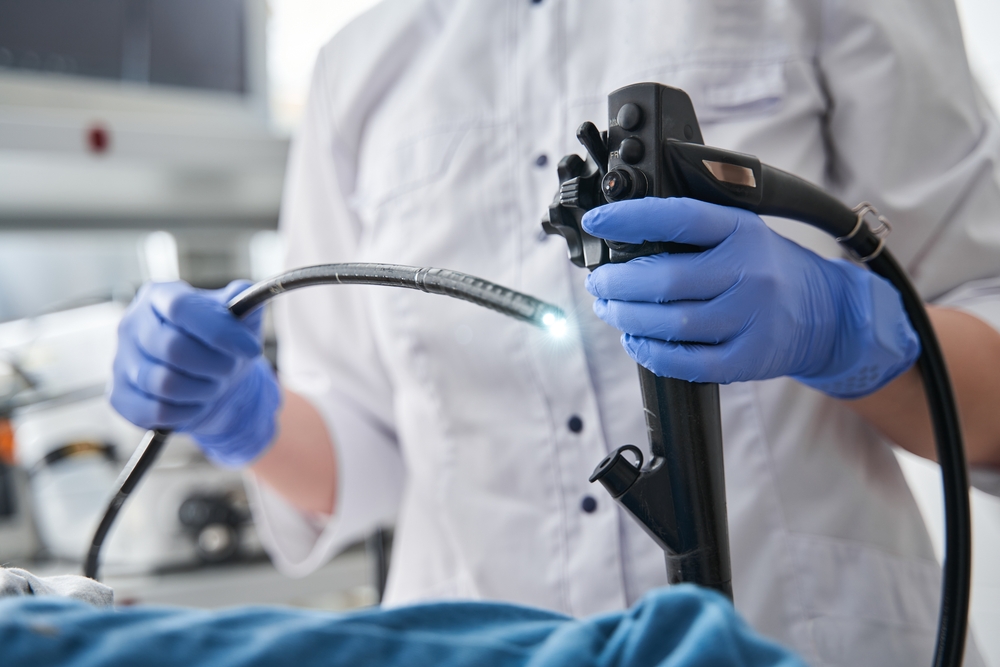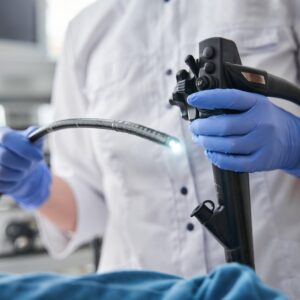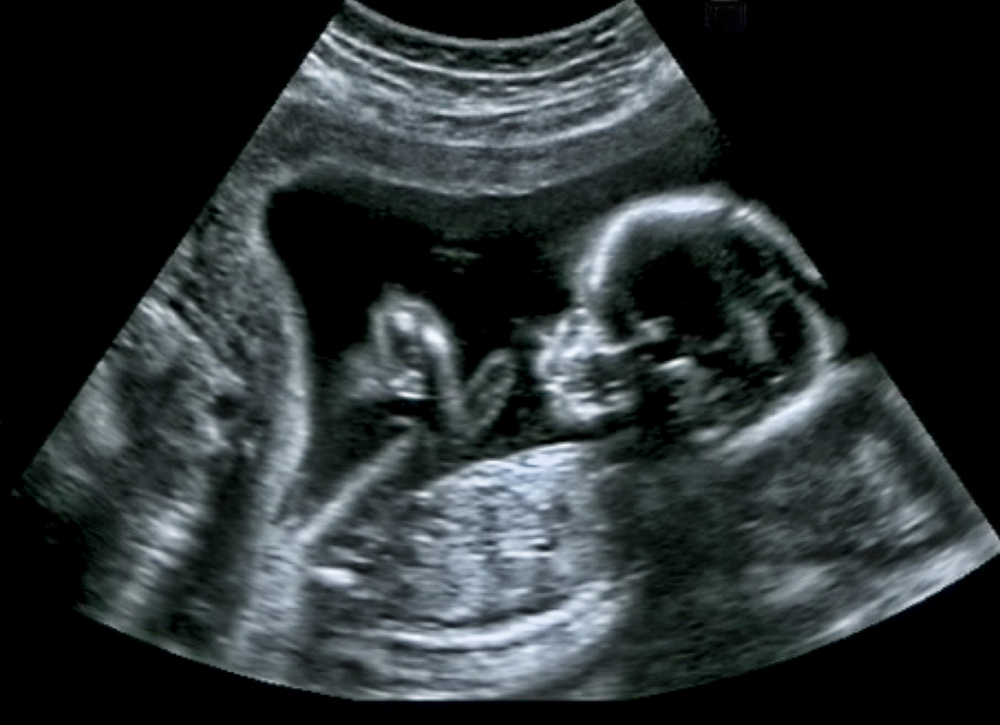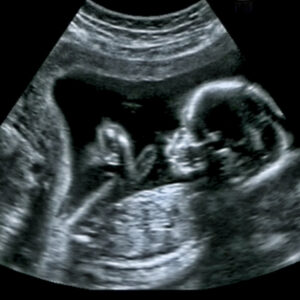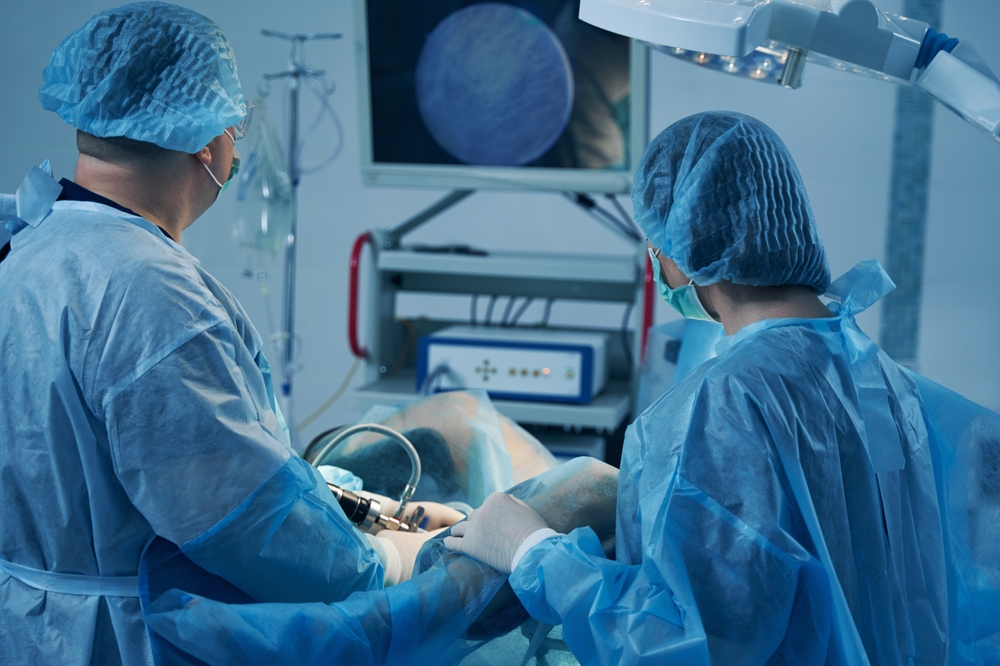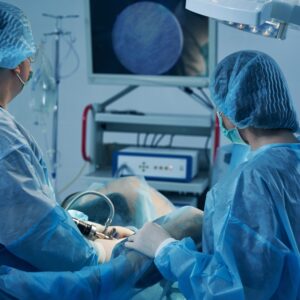Principles of Chest X-ray
Chest X-ray, also known as “chest radiography” , is a simple procedure that relies on the principle of differential tissue absorption of X-rays. Different tissues in the body have varying thicknesses, which affect the penetration of X-ray beams. Dense tissues, such as bones, absorb more X-rays and appear white on the X-ray film. The lungs, which allow more X-ray penetration, appear gray on the X-ray film. Air, on the other hand, allows X-rays to pass through and appears black on the X-ray film.
A chest X-ray does not solely examine the lungs but also provides information about the following organs:
- Heart
- Bronchi
- Aorta
- Pulmonary arteries
- Mediastinal cavity
- Sternum
Who Needs a Chest X-ray?
It is recommended for the following individuals to undergo a chest X-ray:
1. Individuals experiencing the following symptoms:
- Chest pain
- Persistent cough
- Coughing up blood
- Difficulty breathing
- Fever accompanied by other signs of infection
2. Individuals with the following health conditions:
- Chronic obstructive pulmonary disease (COPD)
- Lung cancer
- Pneumonia
- Chest trauma
3. High risk individuals (Only individuals with tuberculosis need to undergo annual chest X-ray examination in the following situations)
- Smokers and individuals exposed to second-hand smoke for an extended period
- Workers in areas with high air pollution, such as long-term construction site or roadside workers
- Direct family members of individuals who have had lung cancer (these individuals need annual chest CT scans for lung cancer screening)
- Individuals who have had tuberculosis (pulmonary tuberculosis) or household members who have had tuberculosis
- Long-term diabetes patients
4. Individuals recovering from COVID-19:
Studies have shown that individuals with post-COVID-19 sequelae frequently exhibit abnormalities in their lungs, including persistent cough and difficulty breathing. It is recommended for them to undergo chest X-ray examination. Additionally, individuals aged 40 or above have a higher risk of developing malignancies.
5. Individuals preparing for immigration
For individuals applying for the UK BNO (British National Overseas) visa, a tuberculosis test certificate is required, which should be valid within the last 6 months, to demonstrate normal lung health.
If you are preparing to immigrate to other places, it is advisable to check if a similar certificate is required in that country/region.
6. Individuals required to undergo examination due to occupational requirements
Many professions require employees to undergo medical examinations before employment, such as teachers and civil servants. Schools often require all staff members to undergo physical examinations by registered doctors before joining, including chest X-ray examination. Civil servants are required to undergo a series of medical examinations before employment, including chest X-ray examination.
Diseases that can be detected by lung imaging"
What are the characteristics of a normal and healthy lung X-ray?
There are no markings or white spots on the lungs, the thorax is symmetrical, and both sides of the ribs and intercostal spaces are normal; the lung texture is clear, which is considered a normal lung X-ray.
If you have the following lung diseases, the lung film will show corresponding characteristics:
| Lung Disease | Characteristics that appear on the lung film |
| Common Pneumonia | It will be more mottled, but you can still clearly see the boundaries of the lungs |
| Tuberculosis | There will be tubercular shadows, holes appear in the lung field, or there may be effusion |
| Benign Lung Tumor | A smooth-edged white shadow appears |
| Malignant Lung Tumor/Cancer | An irregular white shadow appears |
| COVID-19 | Similar to frosted markings, or signs of inflammation in a grid pattern |
Can you interpret a lung X-ray by yourself?
When people see shadows on an X-ray, many will interpret it themselves as having a serious illness. In fact, there can be many reasons for the appearance of shadows or “flowering” in the lungs, and it is recommended to let a doctor interpret it. Additionally, the doctor will evaluate the risk of disease based on the patient’s background and lifestyle habits, and if necessary, further computerized tomography (CT) scans will be performed to confirm whether the patient is actually sick.
Is a chest X-ray Reliable for Detecting Lung Cancer?
The reliability of a chest X-ray for detecting lung cancer is moderate. Chest X-ray has a sensitivity of only 77% to 80% for symptomatic lung cancer, which means that up to 60% of early-stage lung cancers may go undetected on X-ray films. Even with regular annual chest X-ray examinations, the chances of detecting early-stage lung cancer are relatively low.
Even if a chest X-ray appears normal, there is still a possibility of having lung cancer. This is because chest X-ray can only detect tumors larger than 1 to 2 centimeters and may not capture lung cancers located behind bones, the heart, major blood vessels, or the diaphragm.
Chest X-ray can detect tumors that are larger than 1 to 2 centimeters. By the time a tumor reaches this size, it may already be in the third stage of lung cancer with a risk of metastasis to other organs or body parts.
Chest X-ray primarily shows shadows of the body’s organs and is unable to clearly distinguish tumors from overlapping organ shadows. Due to the limited resolution and the presence of blind spots, such as the front and back of the mediastinum, pulmonary vessels, lung apices, the area below the diaphragm, and areas where bones intersect, it can be challenging to identify tumors on chest X-rays.
If Suspected of Having Lung Cancer or Still in Doubt, What Advice Would Doctors Give?
To further confirm the presence of cancer cells in the lungs, a Computerized Tomography (CT) scan is recommended. If cancer cell growth is confirmed, a Positron Emission Tomography (PET) scan is conducted to check for signs of spread throughout the body.
Both of these examinations involve radiation but provide clearer visualization of smaller tumors, helping to confirm the presence of cancer.
Procedure for Chest X-ray
The process of a standard chest X-ray is quick and simple, usually taking about 15 minutes. Patients should take note of the following before the examination:
- Remove all metal objects, such as glasses, jewelry, and hair clips.
The typical steps involved in a chest X-ray are as follows:
- Stand in an upright position with the chest against the X-ray machine’s metal plate and place the hands on the hips. This position produces a frontal image of the chest and lungs. Additionally, a side view image of the chest and lungs is taken with the patient leaning against the metal plate while raising the arms.
- During the X-ray exposure, it is necessary to remain still and may require holding the breath for a few seconds to reduce the chances of a blurry image.
Comparison of Chest X-ray Fees
*** The following information is collected and provided by Bowtie ***
Chest X-ray examinations are not expensive medical procedures, with prices ranging from HK$200 to HK$350:
| Clinic/Hospital | Chest X-ray Fee |
| The Specialists | HK$200 |
| Union Hospital | HK$250 |
| St. Paul’s Hospital* | HK$200 |
| Saint Teresa’s Hospital* | HK$230 |
| Hong Kong Baptist Hospital* | HK$260 |
| Gleneagles Hospital Hong Kong* | HK$350 |
- **Outpatient charges
Will voluntary health insurance scheme cover the cost of lung imaging?
*** The following information is provided by Bowtie ***
Lung imaging falls under miscellaneous expenses in voluntary medical insurance, and Bowtie Pink’s voluntary health insurance scheme can fully compensate for related medical expenses.
If other treatments are needed, Bowtie Pink can also cover the following costs:
- Room and board
- Main attending doctor’s rounds fee
- Surgeon’s fee
- Anesthesiologist’s fee
- Operating room fee
- Outpatient care before admission or after discharge / before and after day surgery* (one before and three after#)
- Miscellaneous expenses
- 1Bowtie Pink fully reimburses eligible medical expenses for diagnosis, hospitalization, surgery, and specified non-surgical cancer treatments (excluding the United States), subject to annual coverage limits and lifetime coverage limits. However, reimbursement amounts may be adjusted if the claim involves hospitals in mainland China outside the designated hospital list, high-end hospitals within the designated hospital list in mainland China, exceeds the specified room level, or pre-existing conditions before the insurance coverage.
- *To obtain reimbursement, Bowtie may require written evidence such as referral letters or statements provided by the attending physician or registered doctor in the claim application.
- #Up to one outpatient or emergency visit before hospitalization / day surgery; up to three follow-up outpatient visits within 90 days after discharge / day surgery.
No personal information needed, get a quote instantly!
Bowtie provides a premium calculator that allows you to estimate your monthly voluntary health insurance scheme premiums based on factors such as age, gender, and smoking habits:
The issue of false positives and false negatives in lung imaging
Regarding the limitations of lung imaging in terms of false positives and false negatives, chest X-rays only capture shadows of the body organs and have limited clarity. This can result in false positive results (indicating cancer when there is none) or false negative results (not detecting cancer when it is present). Early-stage cancer cells may not always be detectable through chest X-rays.
Are there technical limitations with X-ray technology?
Strictly speaking, X-rays can only capture 2D images, which has its limitations. For example, certain conditions in the chest may not be detectable on routine chest X-ray images. Small cancers may not appear on chest X-rays, and lung blood clots, known as pulmonary embolisms, may not be visible.
How can false negatives be addressed? How can one know if they truly do not or do have a certain illness?
For individuals at high risk, it is recommended to consult with a doctor to determine if additional tests are needed. Especially for conditions like lung cancer that are difficult to detect in the early stages, early diagnosis is safer, particularly if persistent symptoms are present.
FAQ
X-ray radiation can harm the developing fetus, although the radiation dose used in chest X-rays is minimal. It is advisable for pregnant women to consult with a doctor before undergoing chest X-ray examinations.
The radiation from lung imaging is extremely low and poses minimal risk to adults. A front-facing chest X-ray examination results in an approximate radiation dose of 0.02 to 0.04 mSv.
If you are considered high-risk, such as being over 40 years old and a smoker, or experiencing persistent cough problems, it is recommended to consult with a doctor and consider lung imaging for a physical examination.
- 1英國國民保健署(National Health Services, NHS)
- 2WebMD
- 3Medical News Today
- 4Health Line
- 5National Library of Medicine, National Center for Biotechnology Information

